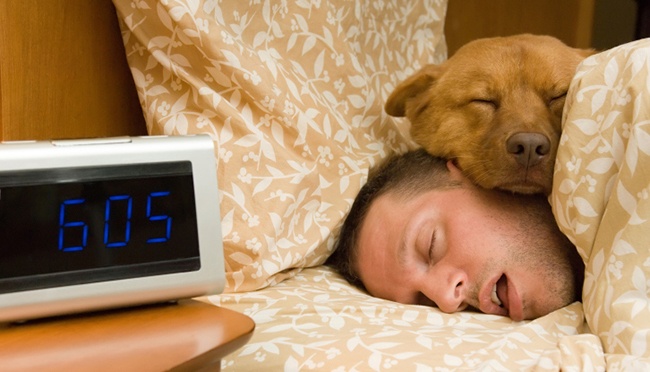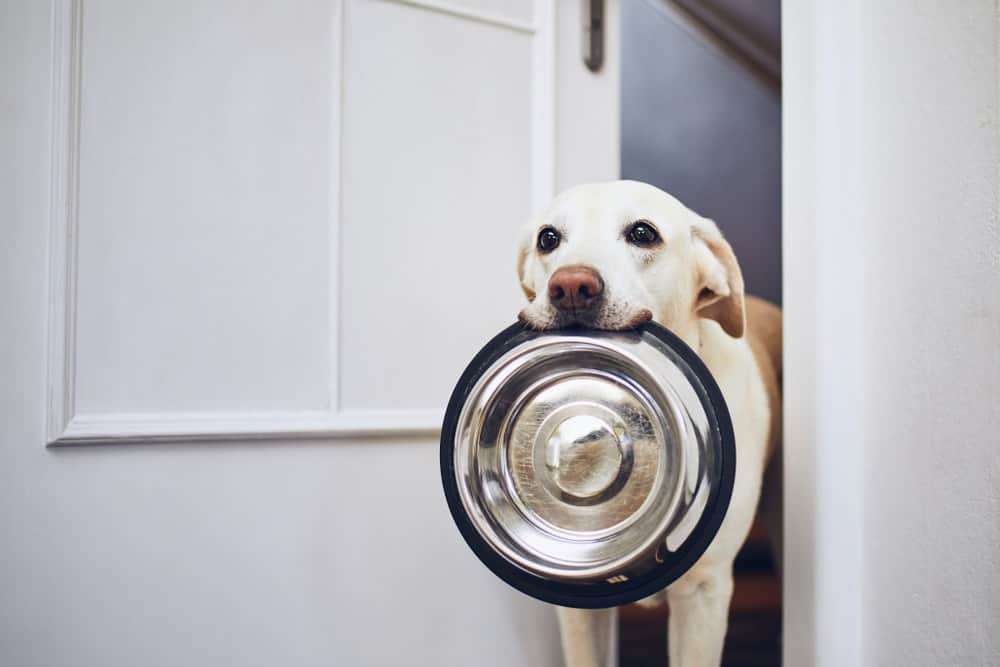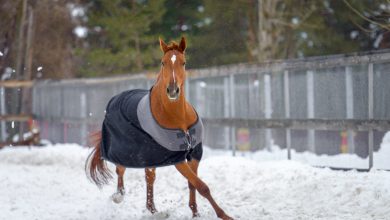Daylight Savings Ends Nov 7: Fall Back (And Gain an Extra Hour of Snuggle Time)

This Sunday, November 7, at 2:00 am, marks the end of Daylight Savings time. Don’t forget to set your clocks back an hour, and prepare to gain an hour of snuggling time with your furkids!

If you’re anything like me, this one-hour time change takes weeks to adjust to. I’m hungry when I shouldn’t be, I can’t seem to wake up in the mornings, too wired to sleep at night… This got me wondering – Does daylight savings time affect our dogs?
In fact, it does! Dogs have circadian rhythms (our body’s biological system of timekeeping, so to speak), just like humans, that regulate sleep, hunger, and activity levels throughout each 24-hour period. In nature, these rhythms are triggered by natural sunlight. But, in our artificial environments, where morning starts with the blaring of an alarm clock and the flip of a light switch, our circadian rhythms (and our dogs’) are largely self-driven.
So, in the same ways that we have to adjust our eating and sleeping patterns and just feel awkward until we adjust this time each year, our dogs will go through it too. Only, we can’t explain the change to them – they just wonder why we’re acting so strangely all of a sudden!
To our dogs, we’re suddenly feeding them at a different hour than usual, taking them for a walk at an odd time, or even keeping them awake when they’re usually cozied up in their beds (or with us in our beds!).
According to Life’s Little Mysteries (now known as Live Science),
Humans set their pets’ routines, said Alison Holdhus-Small, a research assistant at CSIRO Livestock Industries, an Australia-based research and development organization.
This behavior shift could cause animals psychological and physiological stress, Holdhus-Small said. A cow’s udder, for example, will continue to produce milk regardless of how we set our clocks and pressure will build up until the cow is milked. Household pets might get grumpy when they show up to an empty food dish at their perceived dinner time.


Bottom line, your dog may need a little paw-holding for the next few days. If your dog seems especially confused or distressed by the time change, try adjusting him to his new schedule in shorter increments – say 10 to 15 minutes a day – for a few days, rather than switching his schedule by a full hour all at once.
(Better throw in a few extra ear scratches and snuggles, too)
The good news is that dogs are resilient and will adjust to the change quickly. So, yes, our dogs are affected by daylight savings, but they’ll adjust to it just fine every year, just like we do.



